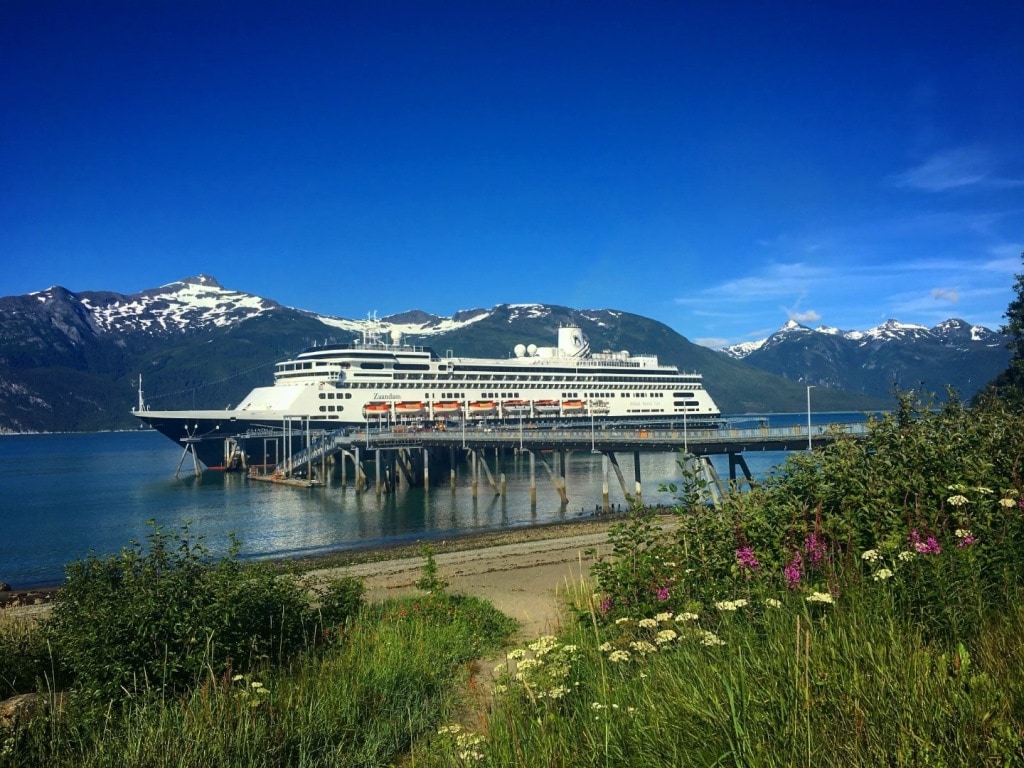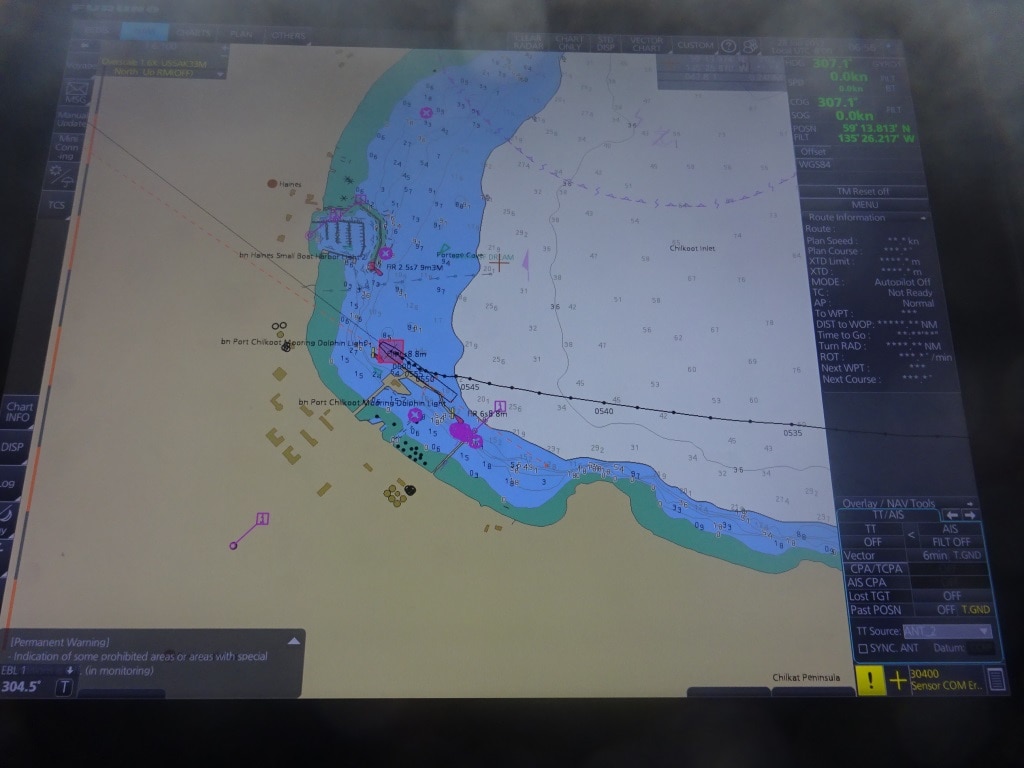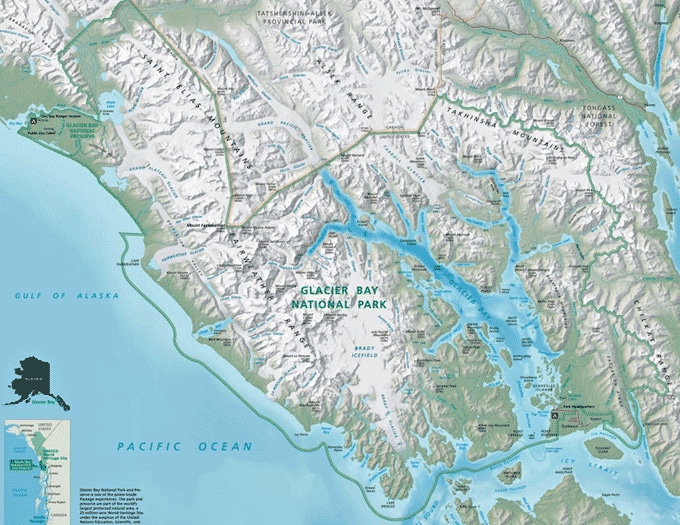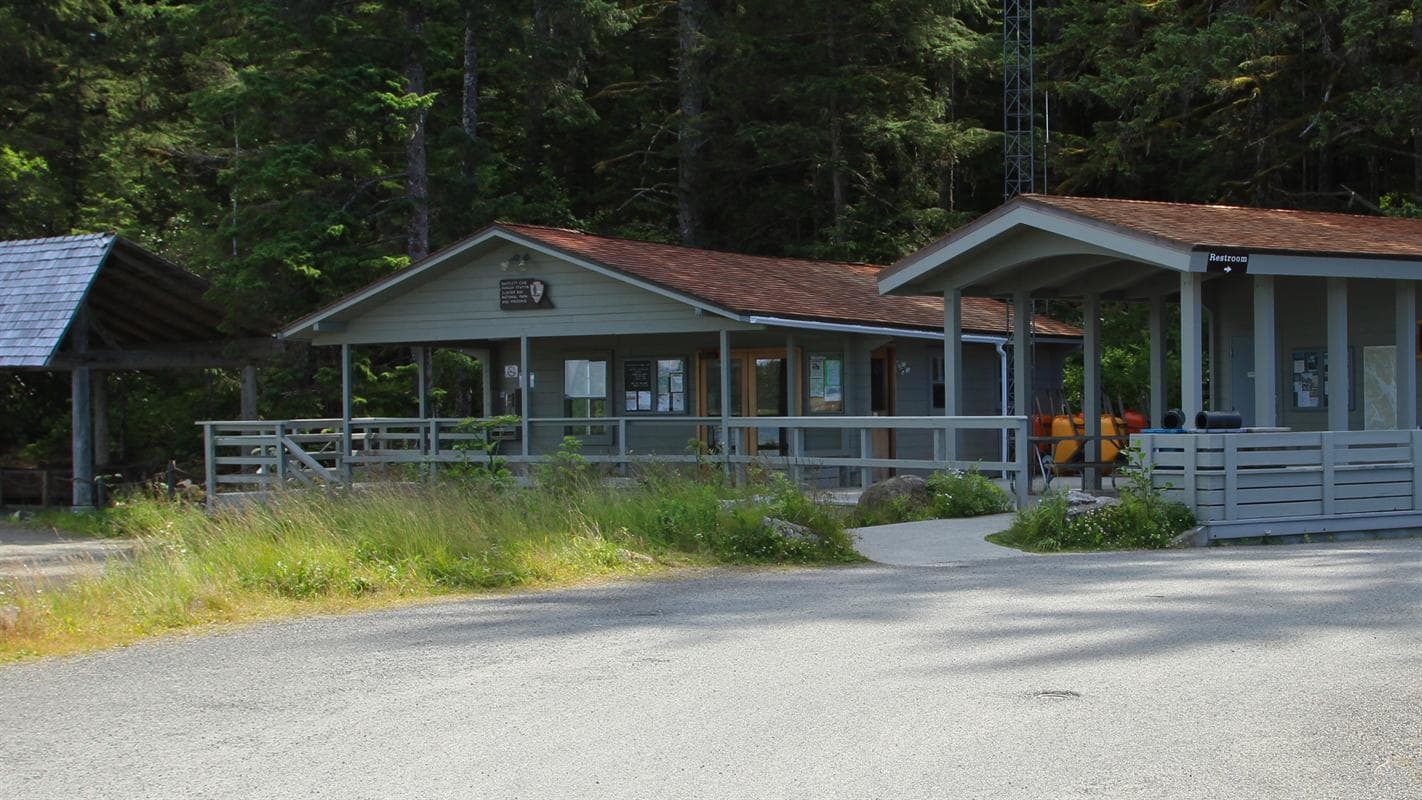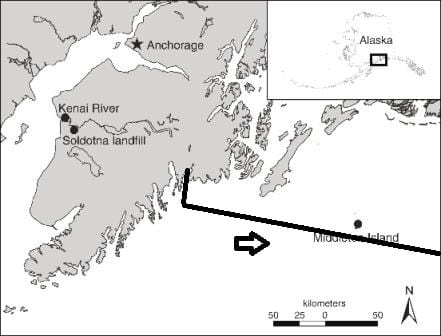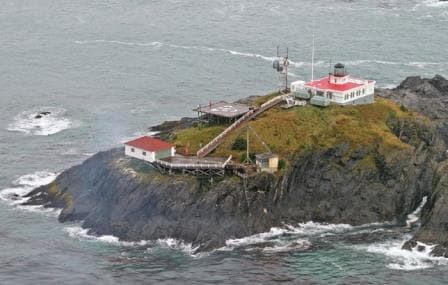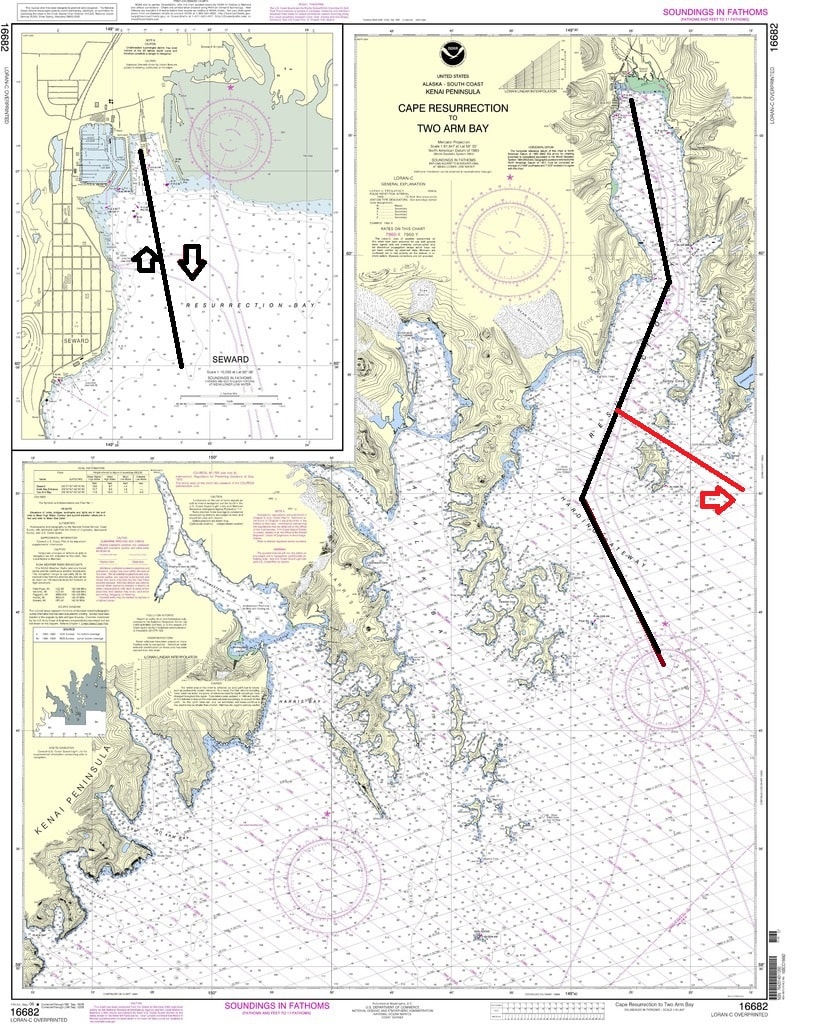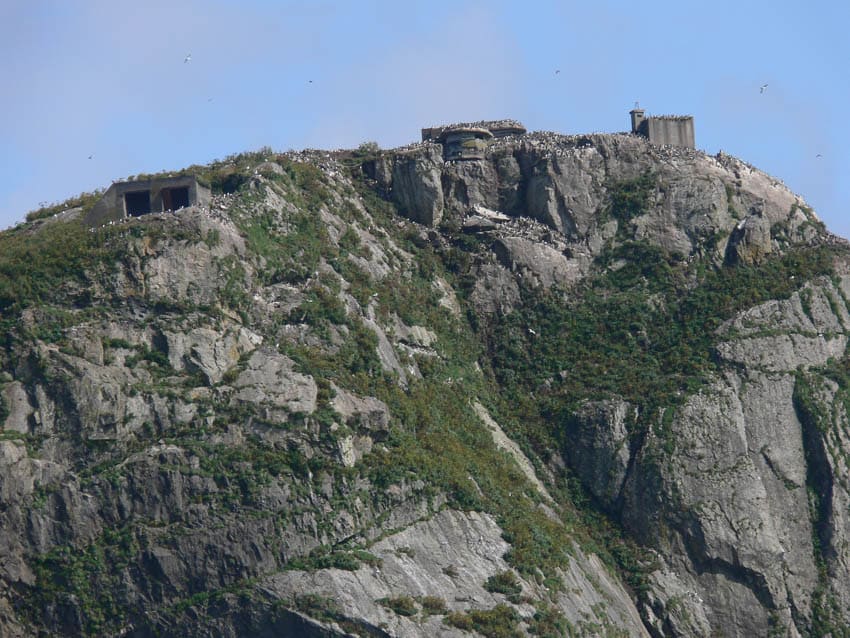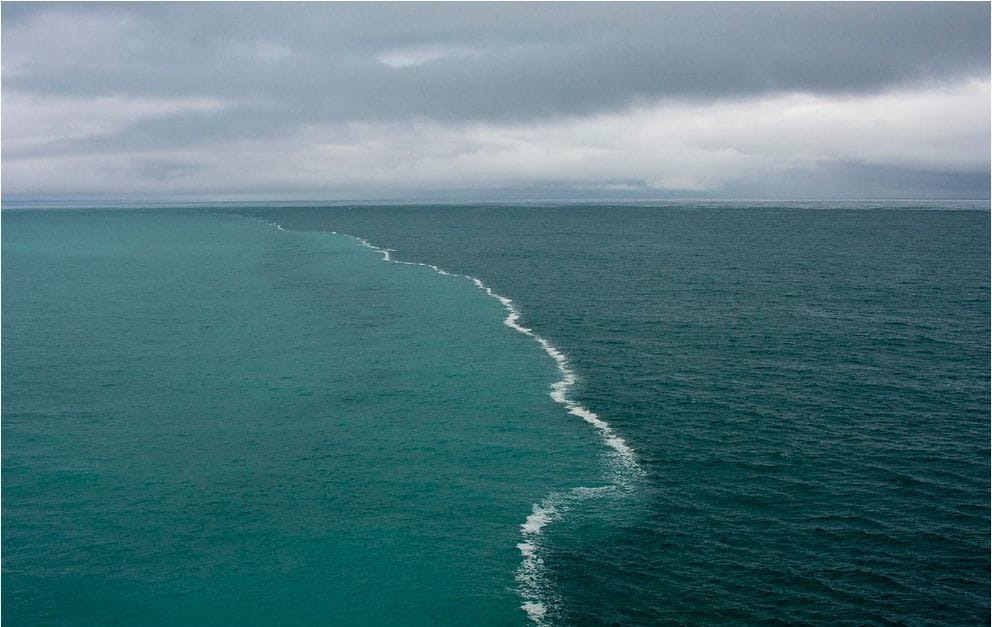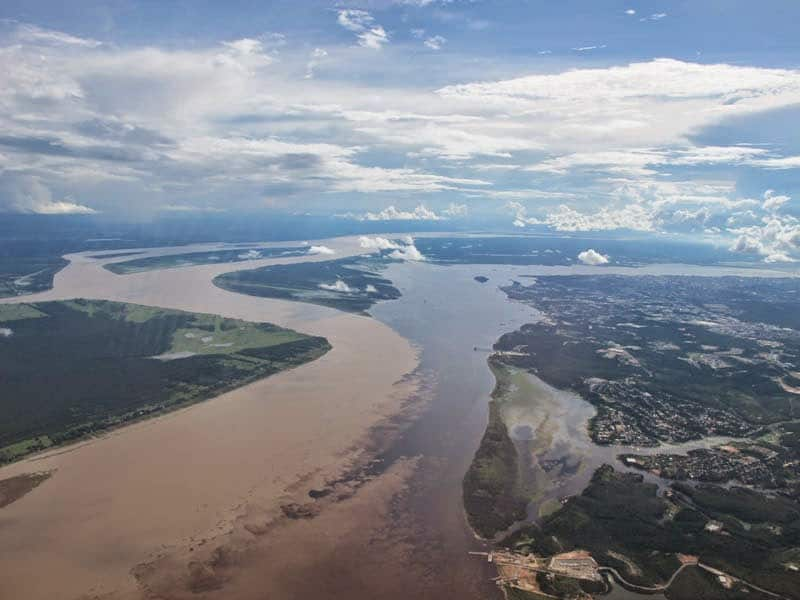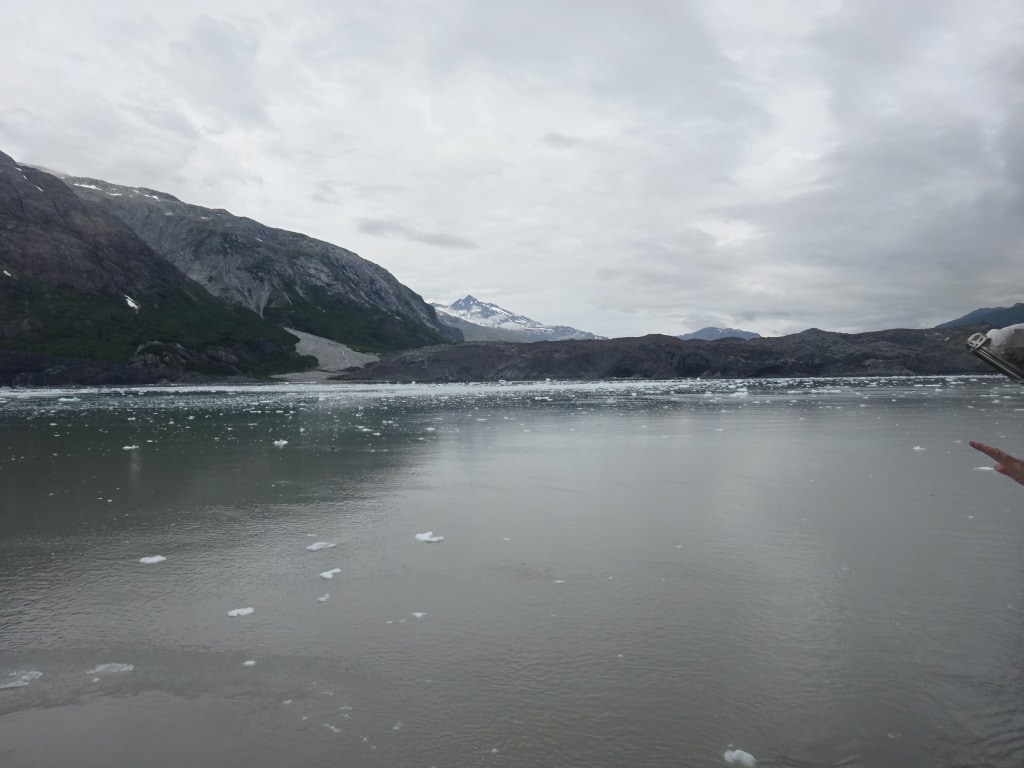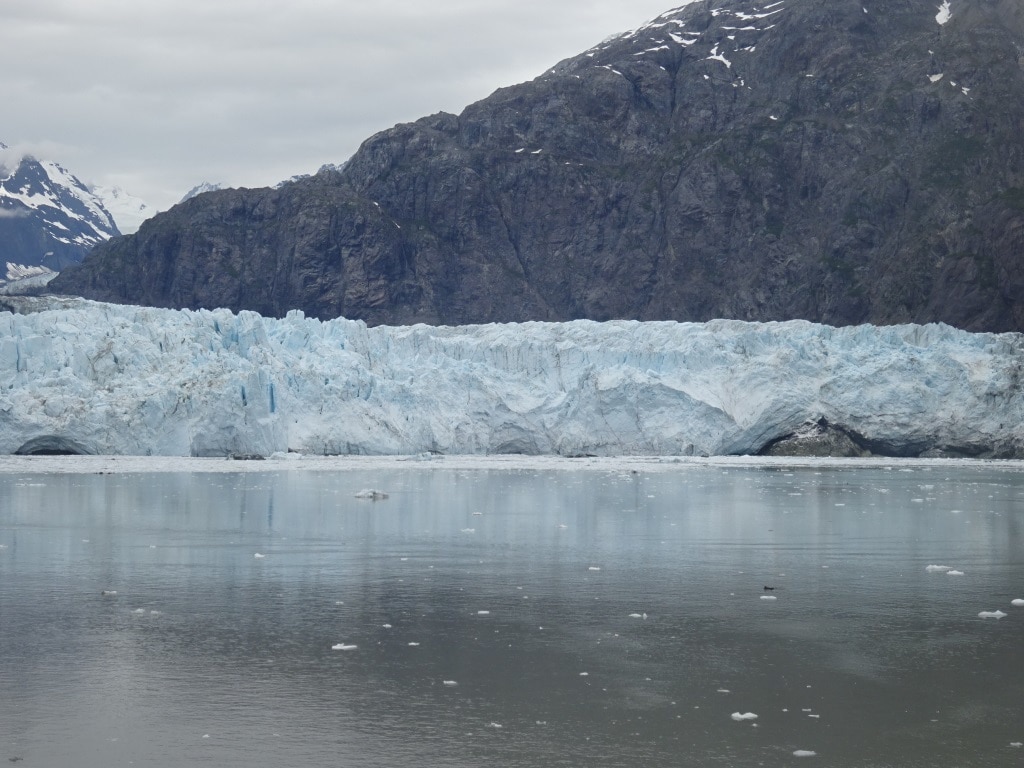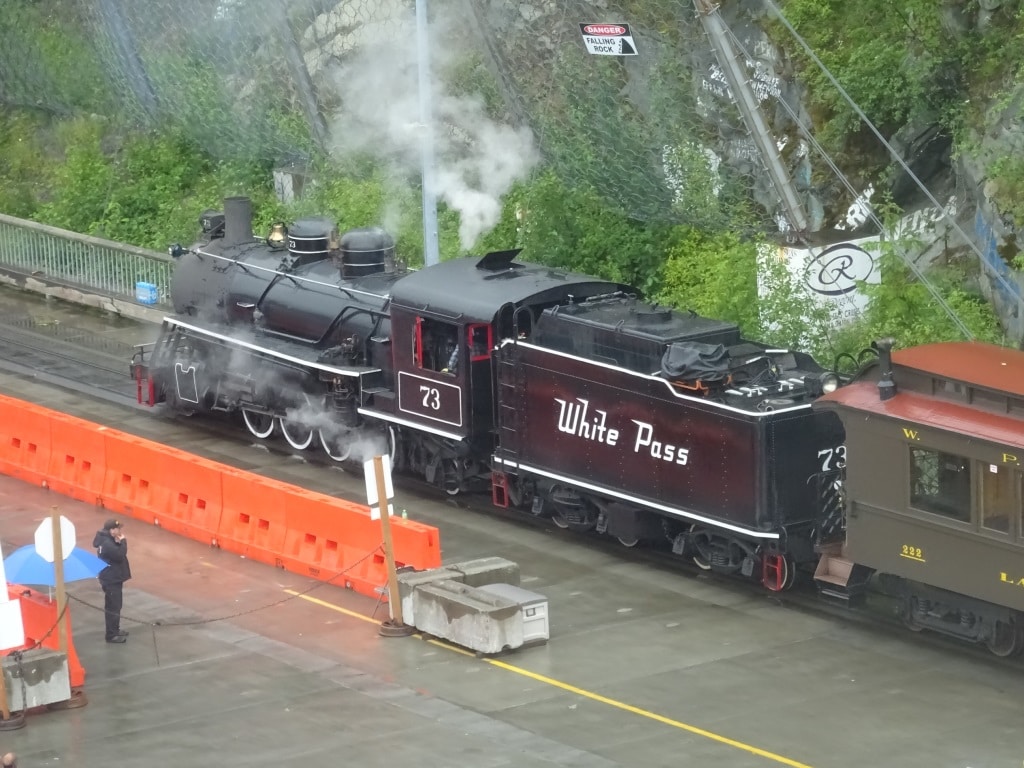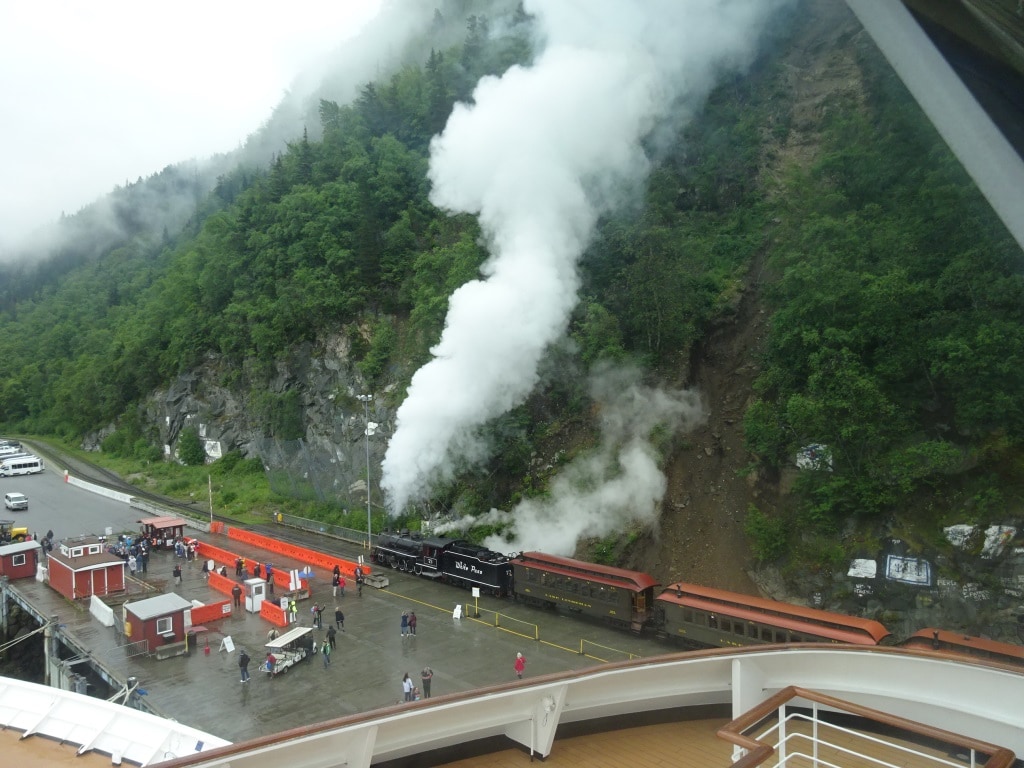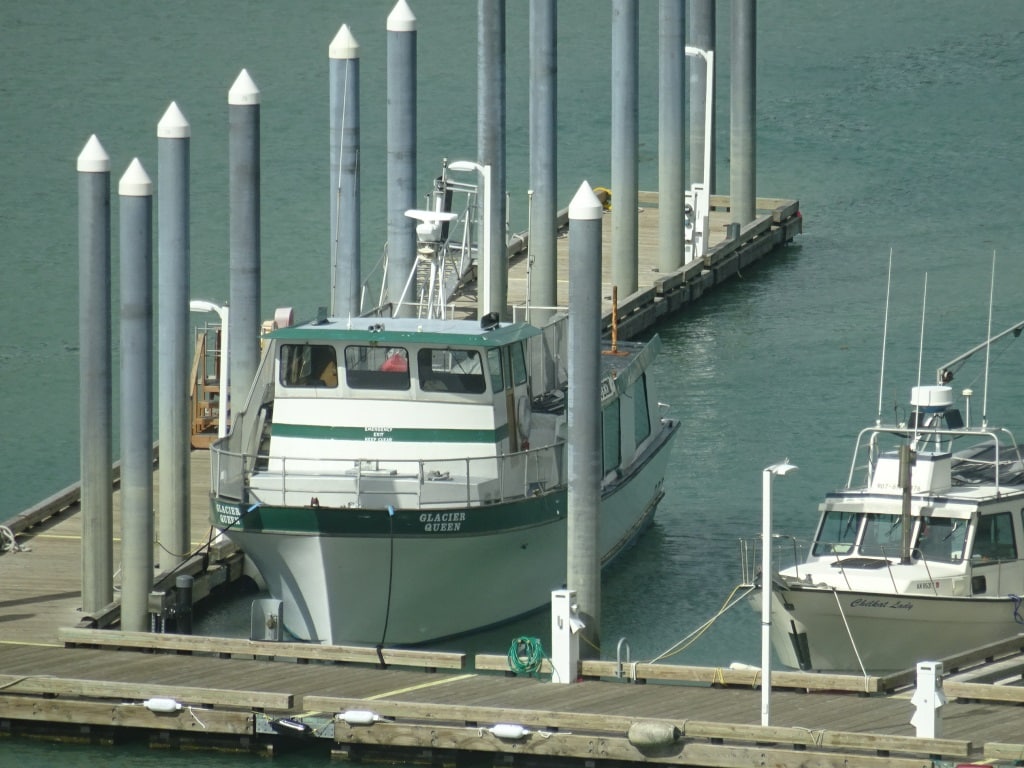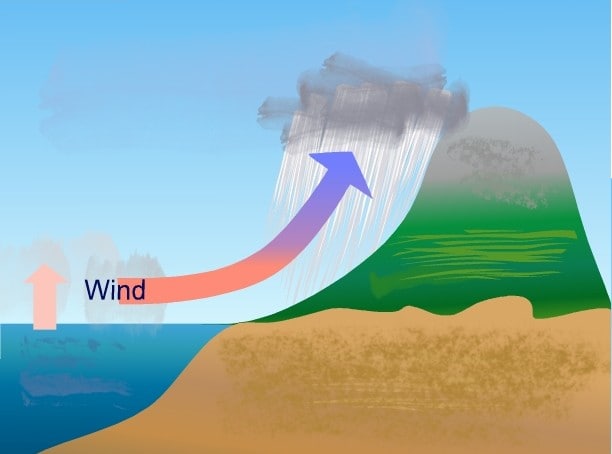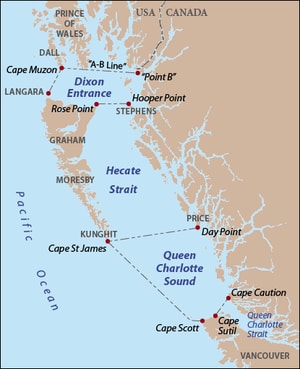Today we were back in Haines, named quaint by a lot of the guests on board. I reserve judgement but if it helps to attract tourists and the locals are happy with it, then quaint it is. But as explained 14 days ago, it looks different compared to other Alaskan towns as the houses we see here were constructed by the army. The army builds standard stuff and obviously they do not have an “Alaska standard” in their house design options.
Haines has been upgrading their dock through the years and can now accommodate a Vista Class ship and still has some space left so the ship can set regular mooring lines. If a ship of any longer length would dock, all the lines would be spring lines and there would be no head or stern lines as the ship would be overhanging the dock. Some companies have therefore tried/pushed for a second dock. But a longer dock would mean a longer walk to the town and it seems that Haines is not in a hurry. According to the security man on the pier, one ship is enough. He said, he was already making more dollars than he could spend. I wonder how much money he is making then. On the other hand I suppose in Alaska you might spend less as there is less to spend on, unless you shop via the internet.
Docking in Haines consists of going around the corner when coming south from Icy Strait via the Lynn Canal and then putting the brakes on on time so you do not end up with the nose in the mud. Slowing down the ship in such a way that it stops exactly at the planned point is the hardest part of the whole operation. Therefore it is one of the great ports for the Junior Officers to learn to maneuver the ship. The captain can always correct the speed of the ship, either slowing down or by speeding up, without anything drastic happening.
Normally the pilot initiates the turn, which is almost a 90o from a northerly to a westerly course and while doing so, the ship slows down. For the last 3/10th of a mile we want to be down to 6 knots or less so you can continue to keep reducing gradually. The pilot has to make the turn as it is still considered navigation. Once there is nothing anymore to navigate it comes all down to pure maneuvering, then the pilot is allowed to hand over to the Captain. It works the same in Glacier Bay. The pilot brings the ship to the Glacier and once the ship is in position and stopped, the captain can then do his sightseeing bit. That mostly consists of the Balcony maneuver. A full swing ensuring that each side gets the same amount of time facing the glacier.
In Haines the pilot does the same, when the ship is nearly there, there is nothing to navigate anymore so he/she can step back. We do not have to do the balcony maneuver here as we always dock portside alongside, with the nose to the west. Or better said with the nose towards the shallow area near the shore. You can dock with the propellers to the west, by going starboard side alongside but it brings those propellers very close to the shallows. Nobody likes that, so portside it is. Starboard side would be handier operationally. The R class has an extra gangway door on A deck on the starboard side. Not on the portside. One of those arguments between the practical people and the bean keepers. An extra exit versus the extra revenue of one more cabin; so a compromise was made. So in ports with a large tidal range we try to dock sb. As you have then the option for a gangway on B deck, A Deck, Main Deck and the Lower promenade deck. Here we have large tides as well and we constantly have to move gangways between the various decks to ensure that the gangways are not too steep for the guests.
Today we had nearly perfect Alaska weather, at least as far as we cruise people are concerned. The security man on the dock thought it was much too warm. It was overcast with a tinge of sun coming through, a moderate breeze from the East but the mountains shielded the town from much of this wind. Temperatures wer just around 60oF or 15oC.
Tomorrow we are expected to have a similar day but with less wind and thus the temperatures are expected to rise to a balmy 19oC / 67oF. I have seen it warmer in Juneau, but I am happily signing off on it as long as there is no rain.
